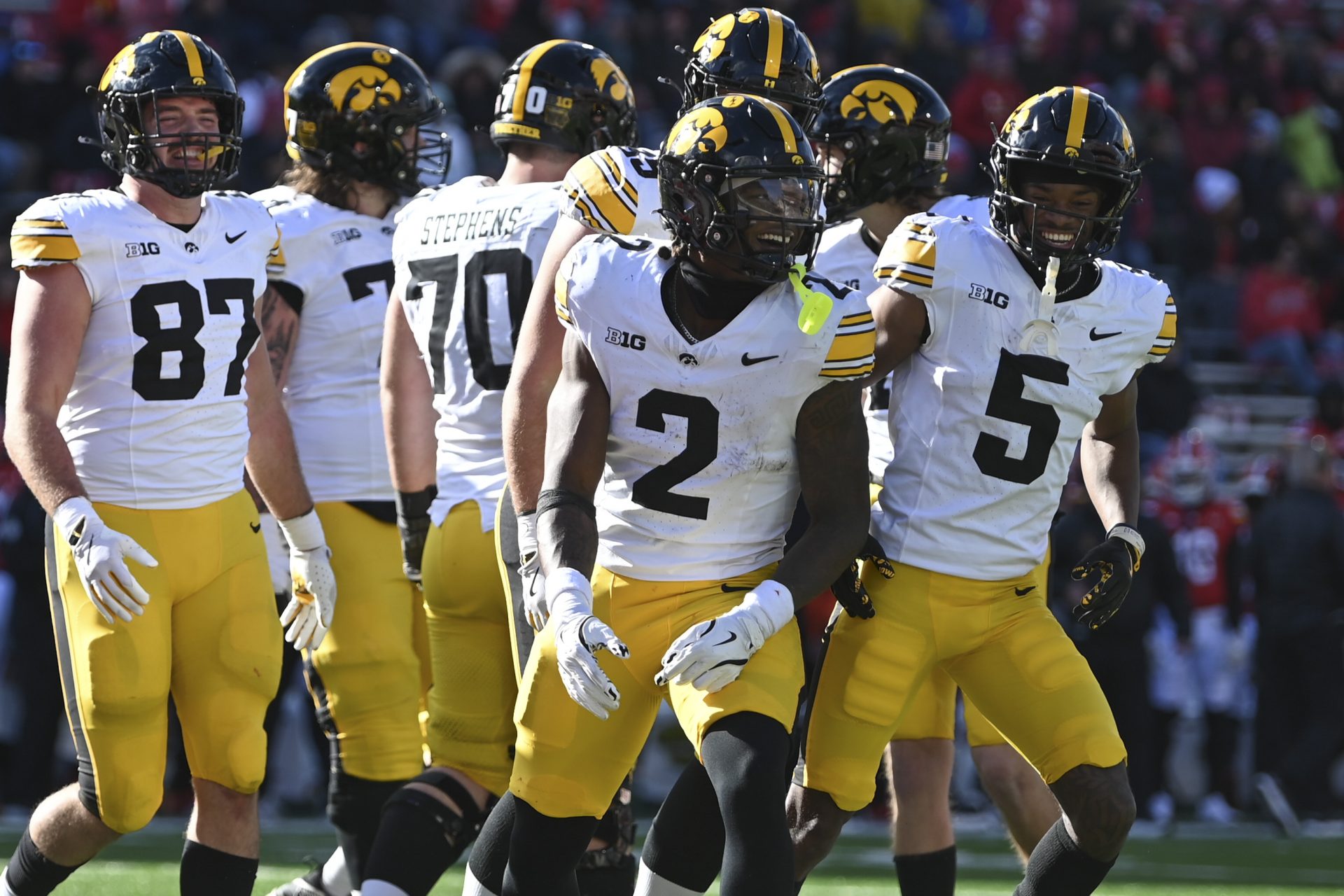Unlike the NFL, which eases into its season with exhibition games, college football tournaments dive straight into the main games without pre-season. But why doesn’t it have any preseason, and how does it shape teams’ performance and preparation?
Keep reading to get a detailed look into the reasons behind college football’s no-preseason model and its ripple effects on programs, players, and fans.

Why Doesn’t College Football Have a Postseason?
College football’s lack of a preseason comes from its historical structure. Unlike professional leagues, where exhibition games help evaluate rosters, college football prioritizes a compact regular season typically consisting of 12 games, where every outcome impacts bowl eligibility and playoff hopes.
Former Stanford coach Jim Harbaugh once said that the immediate stakes of Week 1, with its fumbles and miscues, add a lot to the sport’s rawness. That is why some believe adding non-counting games will most likely dilute the stakes of the matches.
Logistical and Financial Barriers
NCAA rules require teams to play 12 regular-season games without a preseason provision. Proposing a preseason would require rule changes, which no school has formally pushed for. On the other hand, logistically, scheduling preseason games across 130+ FBS teams is a massive task, especially with academic calendars dictating early-season start dates.
Financially, schools rely on seven home games to fund athletic programs, and adding non-counting games could strain budgets without guaranteed revenue.
Player Welfare Concerns
Football is a physically demanding sport. Expanding the College Football Playoff to 12 teams, extending the season for top programs, and adding preseason games could push players beyond reasonable limits.
KEEP READING: Best College Football Transfer Portal Pickup for All 136 Teams: Carson Beck, Nico Iamaleava, and More
Training camps, which include up to 29 days of practice and 20 hours weekly of activities like walk-throughs and conditioning, are deemed sufficient by many. One of the examples when the sports agent’s practices were called into question was when the NCAA’s 2021 extension of preseason practice by two weeks, post-COVID, aimed to compensate for lost spring practices without adding games.
Ultimately, the no-preseason model forces coaches to lean on spring practices and fall camp to evaluate their team’s depth. Ohio State’s Ryan Day, facing a 2025 season with heavy NFL draft losses, used spring scrimmages to assess transfers like Quinten Joyner.
However, young players may sometimes struggle to adapt to game speed without live inter-team reps. This can delay the emergence of talents like Arizona’s Noah Fifita, who needed early-season games to shine in 2024.
College Sports Network has you covered with the latest news, analysis, insights, and trending stories in college football, men’s college basketball, women’s college basketball, and college baseball!

